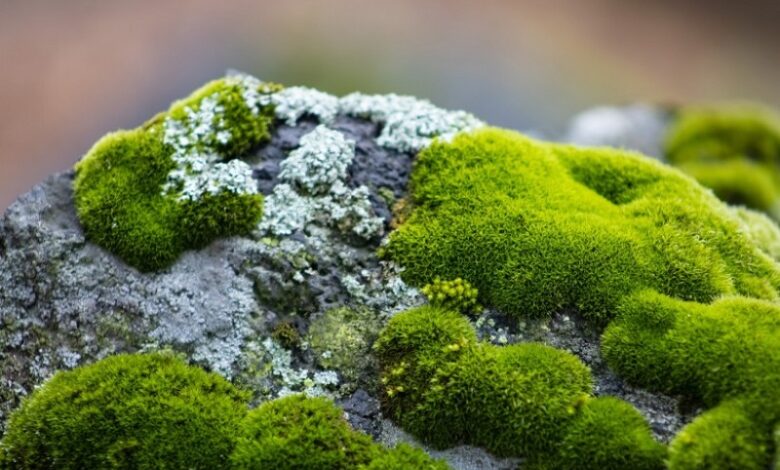Ancient Moss Adapted to Extreme Conditions Faces New Threats from Climate Change

Takakia, an extraordinary genus of moss with a remarkable ability to survive extreme altitudes, has captivated the attention of an international team of scientists. They have uncovered the secrets behind its resilience to frost, perilous UV radiation, and other hostile conditions, while also shedding light on the alarming impact of climate change on its habitat in just a matter of years.
At first glance, Takakia may resemble a layer of moss or green algae on the rocky surfaces it inhabits. However, closer examination reveals its distinct features—slender tufts around one centimetre in length adorned with short, finger-like leaves. This unique moss genus, consisting of just two species, is exclusively found in a single location: the Tibetan Plateau. In a study published in the peer-reviewed journal Cell, researchers detail the genetic adaptations that empower this moss to thrive in its challenging environment.
The moss species residing on the Tibetan Plateau endure eight months of snow cover each year, followed by exposure to exceptionally high levels of UV radiation for the remaining four months. Over the past 65 million years, Takakia has evolved specific traits to withstand these extreme conditions. Remarkably, the plateau itself is only as old as that timeframe, having been formed by tectonic shifts. As millennia passed, the moss’s habitat became progressively more extreme due to natural processes.
Ralf Reski, a co-author of the study from the University of Freiburg, explained, “These geological time records help us trace the gradual adaptation to life at high altitudes in the Takakia genome. Despite the rapidly evolving Takakia genome, its morphology has remained largely unchanged for over 165 million years. This phenomenon of an unaltered shape and a rapidly changing genome poses a scientific puzzle for evolutionary biologists.”
Takakia’s significance in the realm of research is not to be underestimated, as it combines features characteristic of mosses, liverworts, and green algae. Yikun He, another co-author from China’s Capital Normal University, highlighted that the study conclusively demonstrates that Takakia is a moss that diverged from other mosses approximately 390 million years ago, shortly after the emergence of the first land plants.
While Takakia’s evolution spanned millions of years to adapt to decreasing temperatures and escalating radiation, its current reality is starkly different due to the rapid effects of climate change. Since 2010, when scientists commenced their measurements, the Tibetan Plateau has experienced an alarming average temperature increase of nearly half a degree Celsius annually. In parallel, the nearby glacier has retreated at an astonishing rate of almost 50 meters each year.
Interestingly, this resilient moss species appears less adept at coping with rising temperatures compared to its counterparts. Over the study period, its population dwindled significantly, unlike other plants that benefited from warming conditions. The researchers anticipate that this trend will persist. As a species that has witnessed the rise and fall of dinosaurs, Takakia now faces the unprecedented challenge posed by the arrival of humans and their altering impact on the environment.
News Mania Desk / Agnibeena Ghosh 11th August 2023






